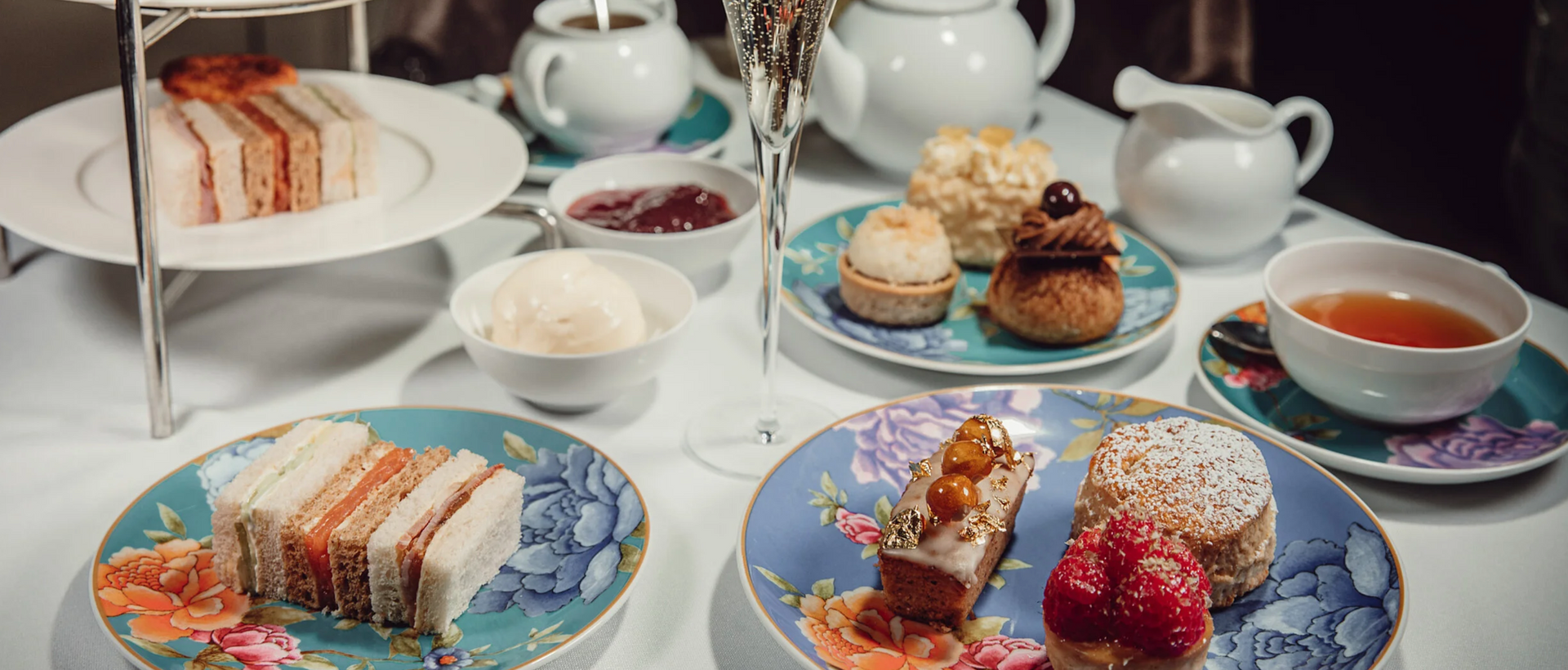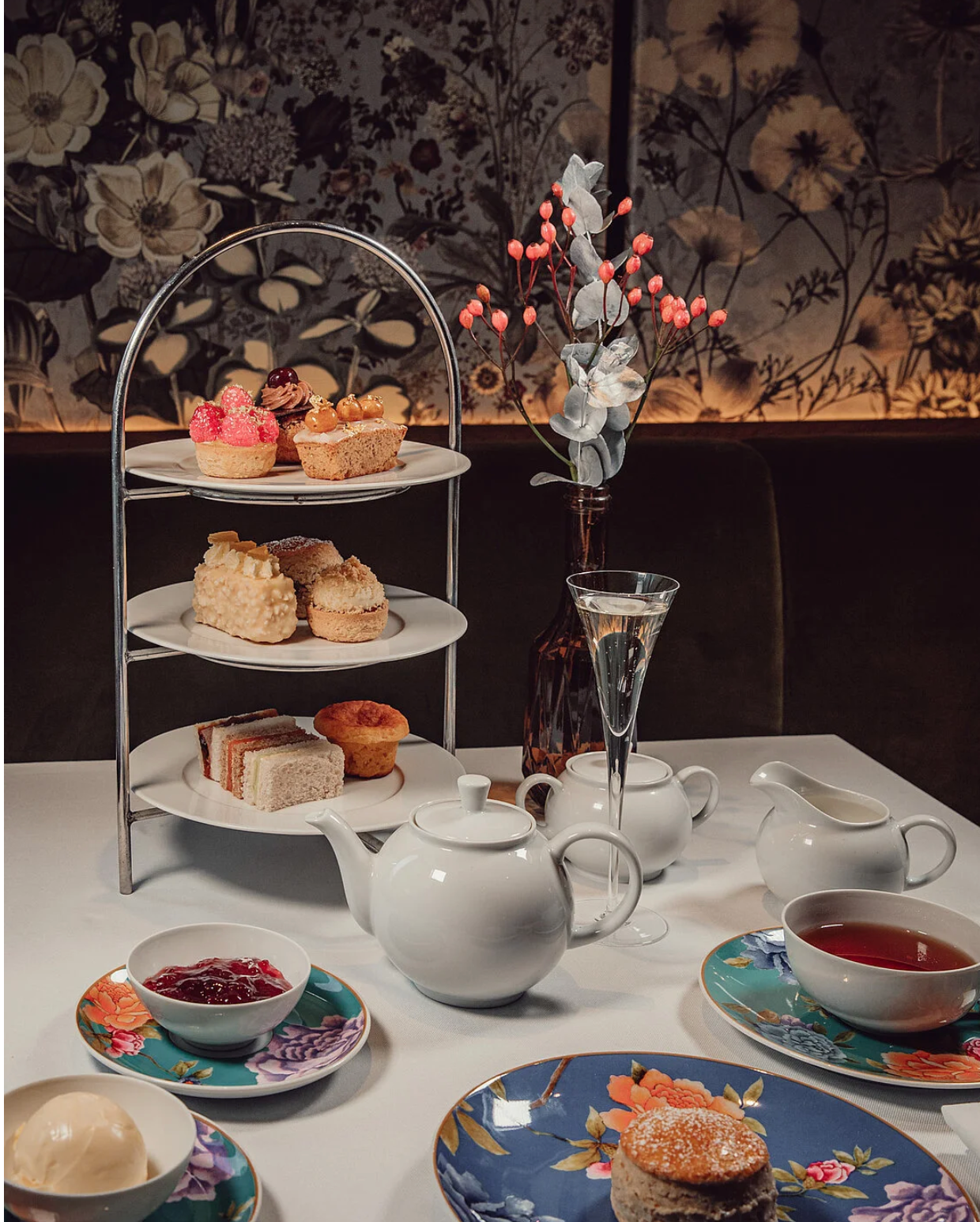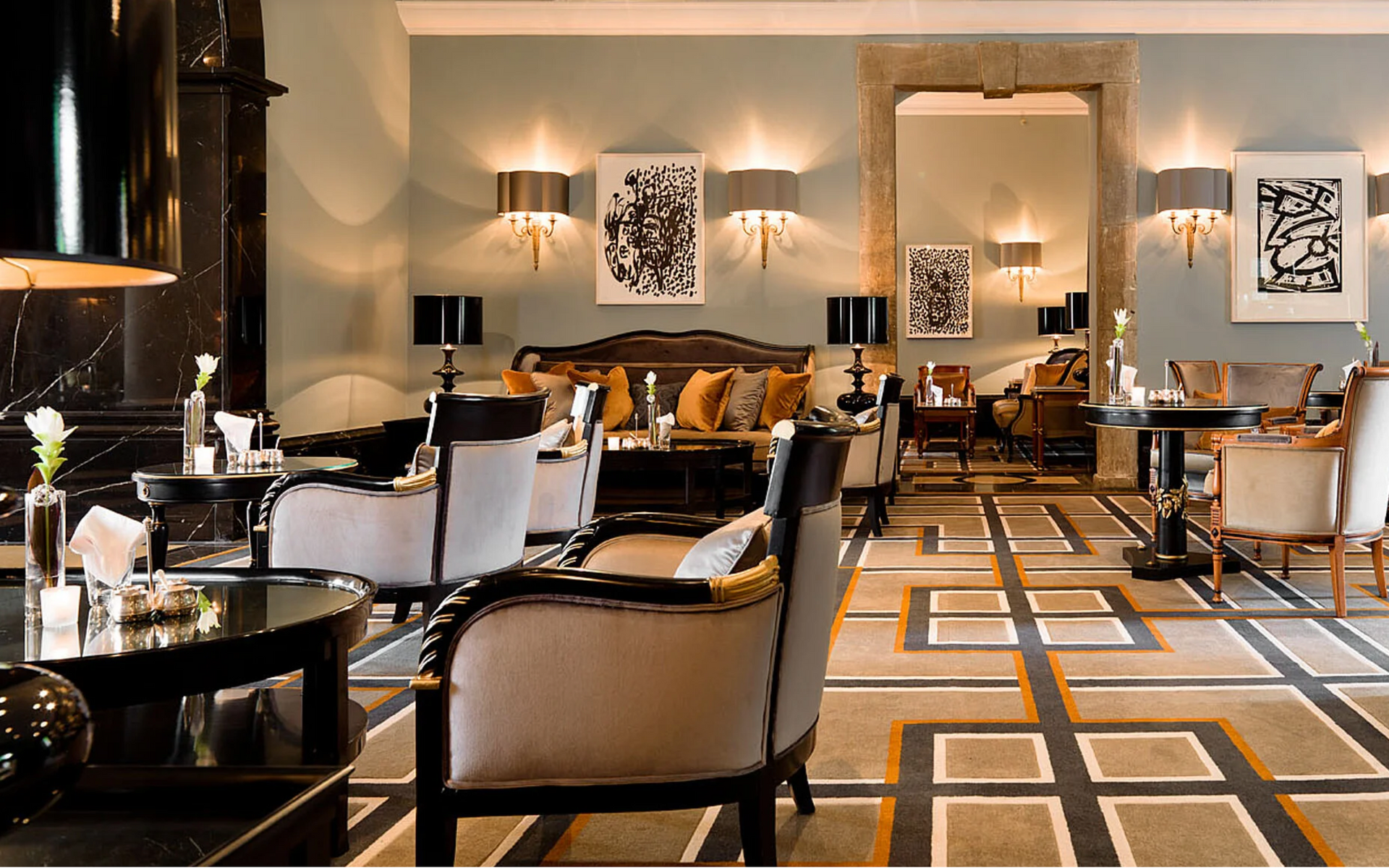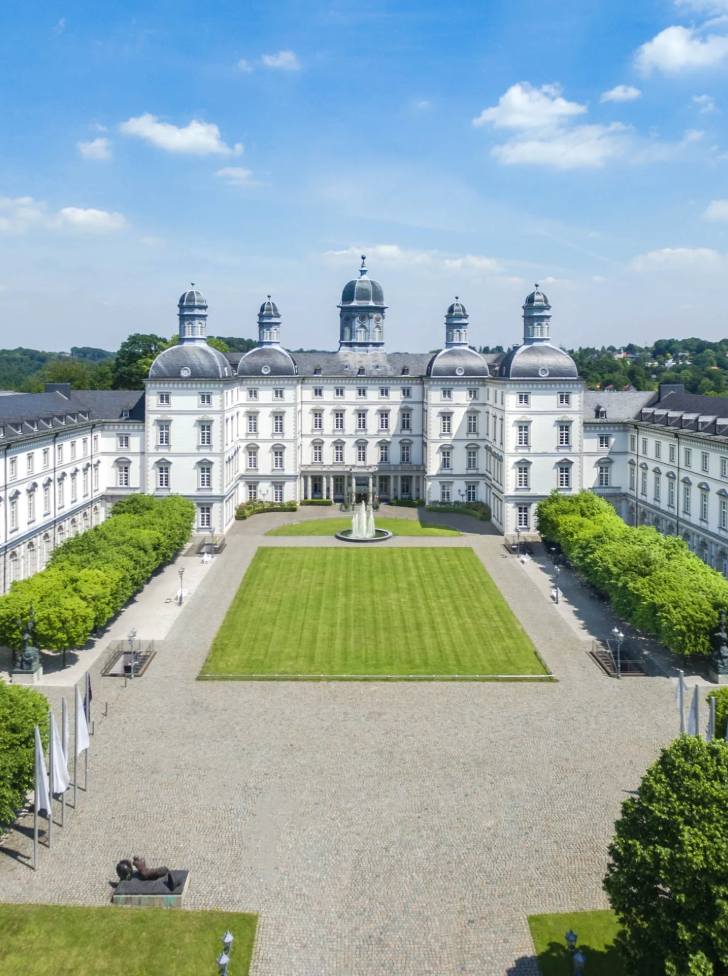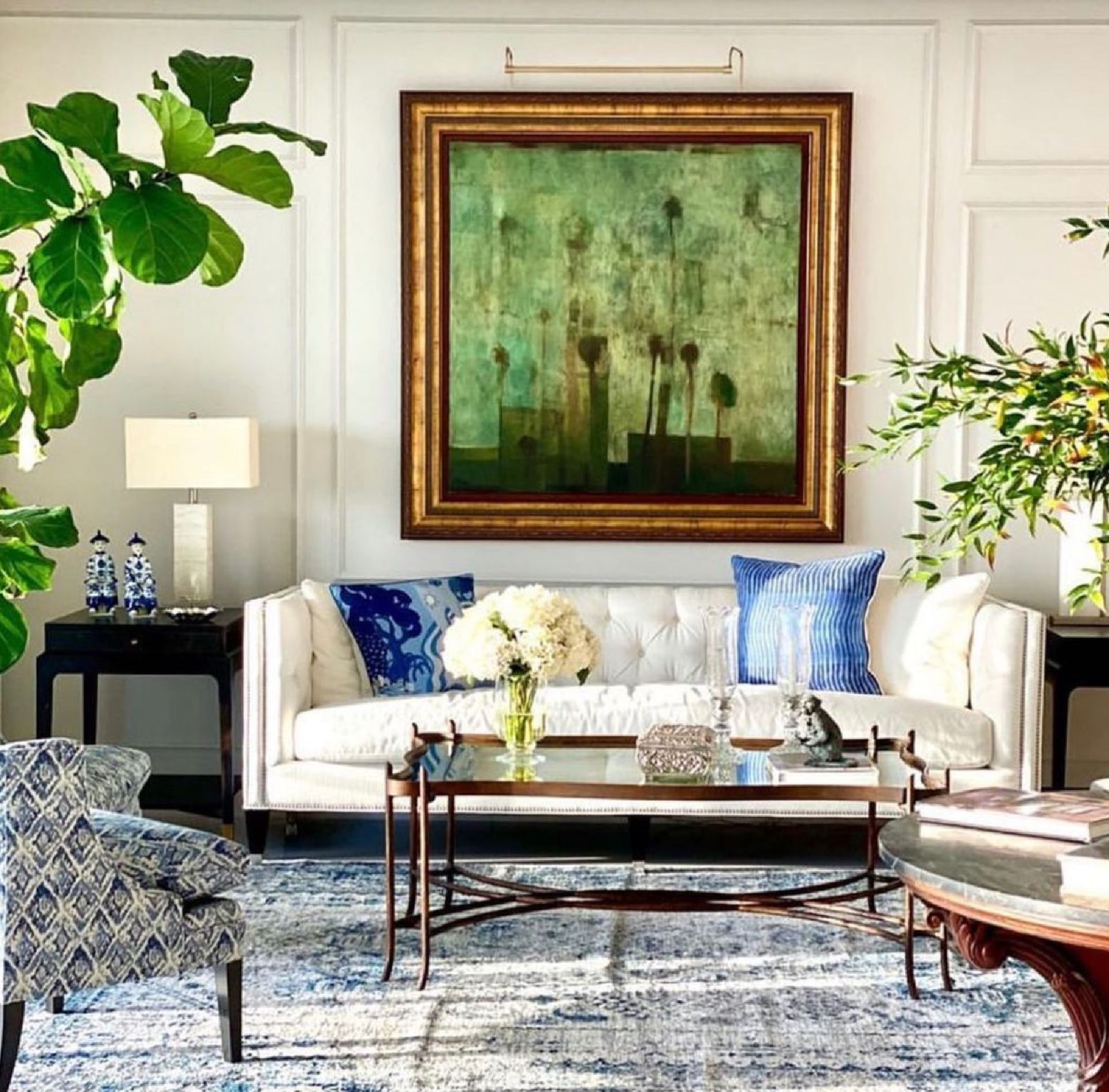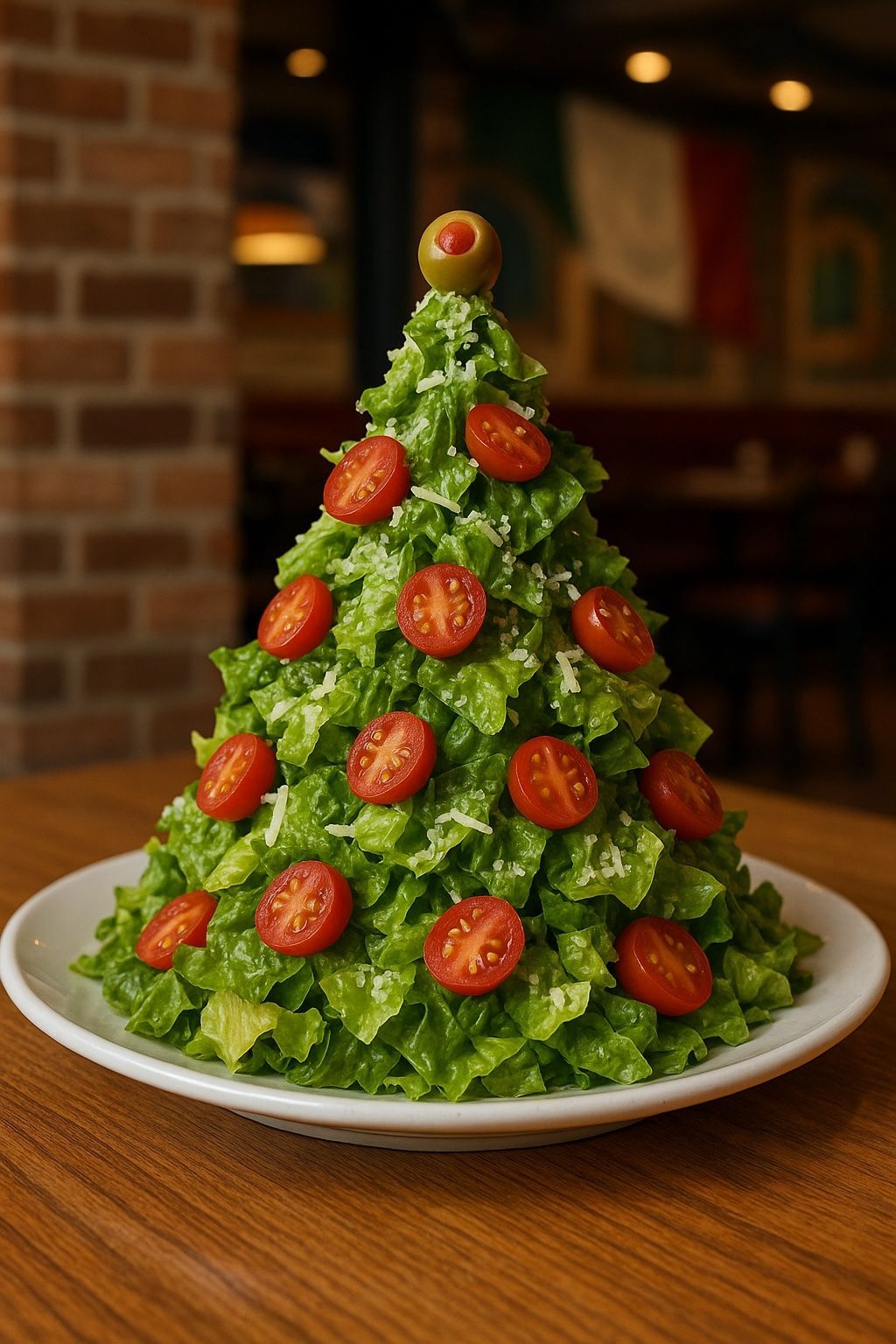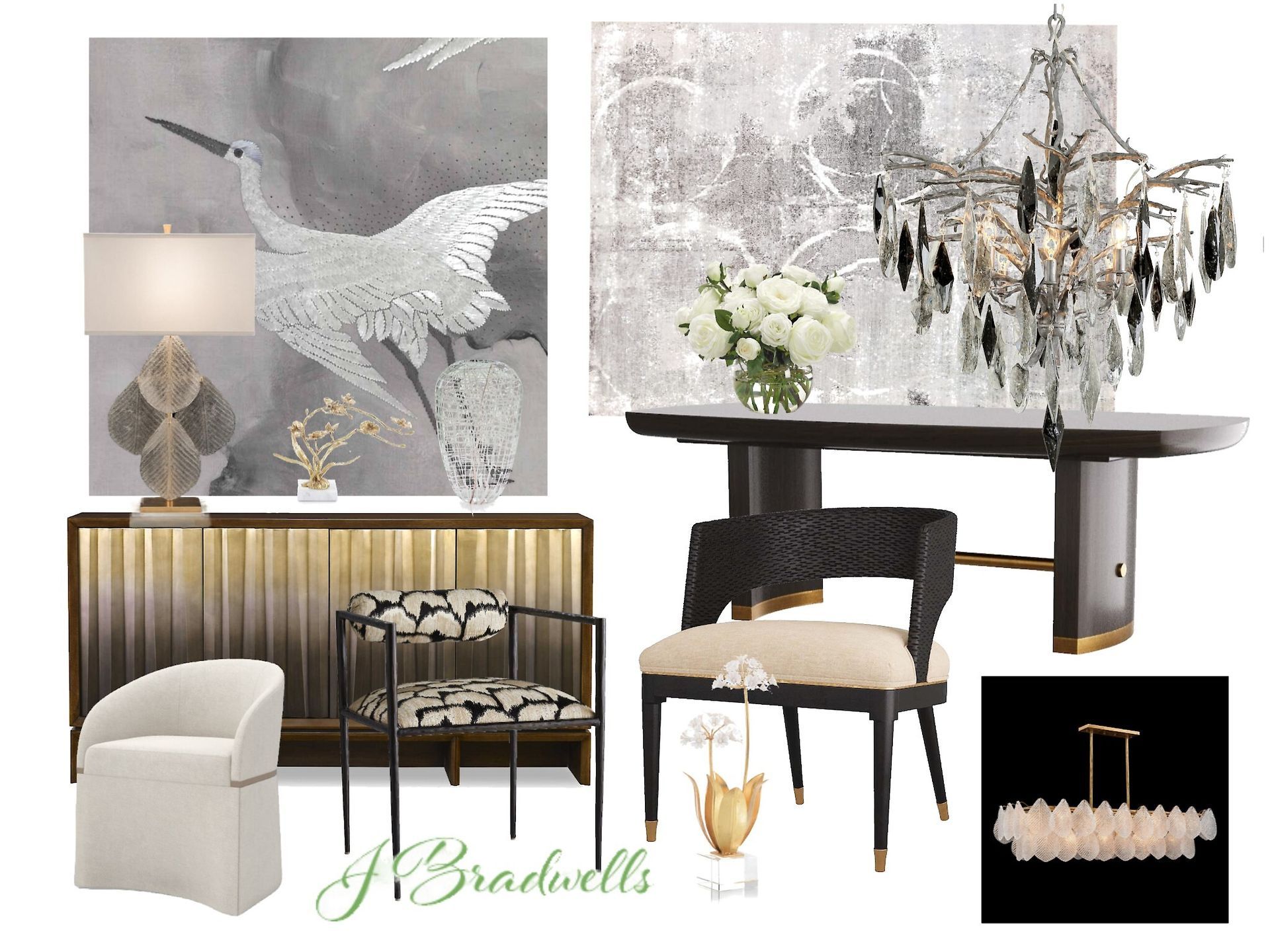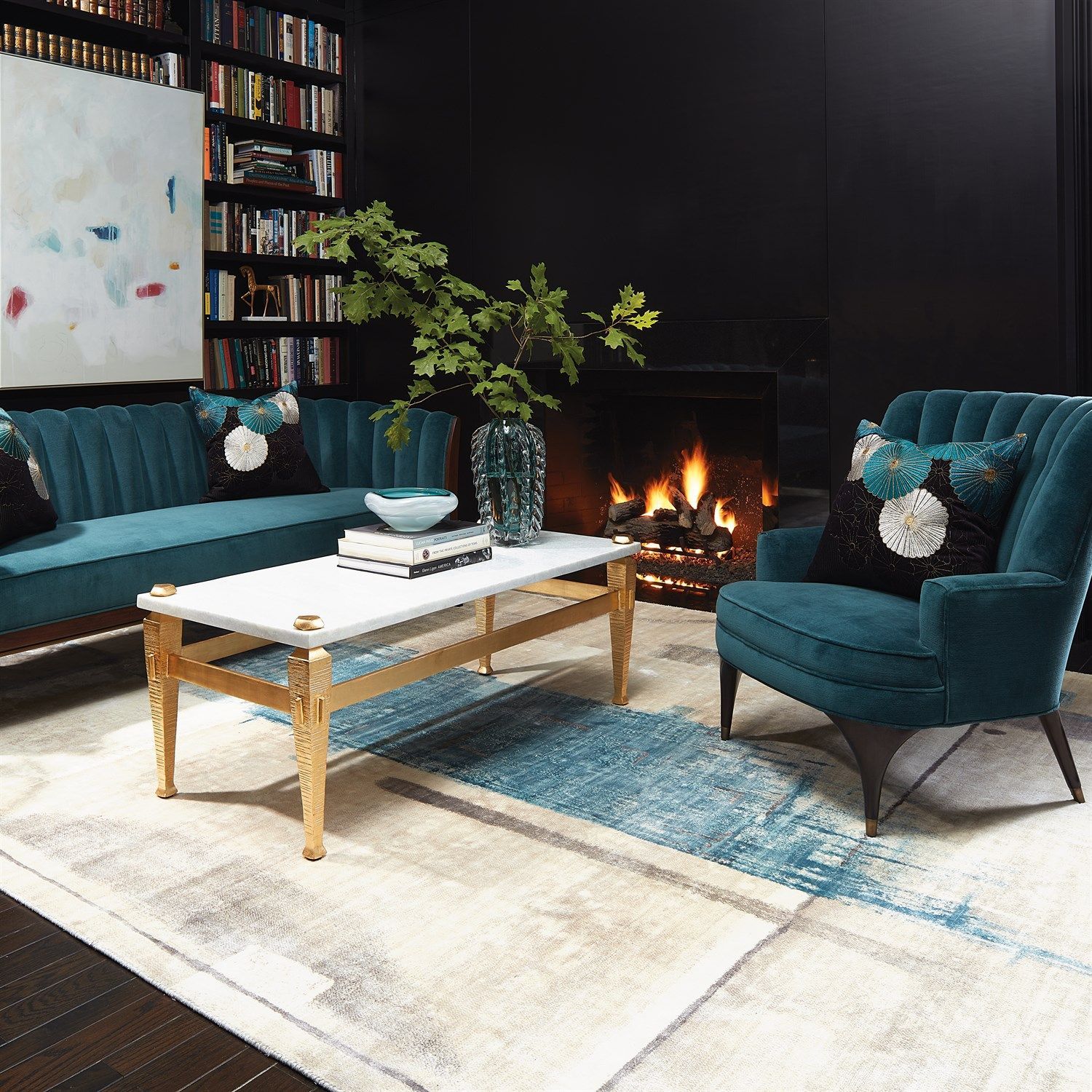Anna Maria Russell, née Stanhope, Duchess of Bedford, a lifelong friend of Queen Victoria and lady-in-waiting between 1837 and 1841, introduced afternoon tea to society.
To bridge the afternoon gap between a meager lunch and a late dinner, the Duchess introduced a small snack: a light refreshment of tea and small pastries or sandwiches. After a while, she began inviting her friends to join her. This newly established ritual of gathering over tea quickly spread and became an established and convivial tradition in many distinguished households.
Even when Anna Maria Russell returned to her London residence, she continued this beloved custom. She sent invitations to her friends, asking them to join her for tea. News of Stanhope's ritual reached Queen Victoria , who quickly embraced the idea.
In the late 1840s, the royal household began hosting its own daily afternoon parties, which eventually became known as afternoon tea . Queen Victoria's diaries mention afternoon tea over 7,000 times, underscoring her fondness for the tradition.
Also in 1840, Charles Elme Francatelli, an Englishman of Italian descent, was appointed chief cook to Queen Victoria, having previously served as head chef of London's St. James's Club. He is believed to have also been responsible for the Queen's delicious afternoon teas.
He recorded his authentic recipes in a cookbook published in 1846, which also contains numerous references to Queen Victoria and German cuisine, due to her husband Prince Albert's ancestry. After leaving his post at the royal court, he worked in various clubs in the St. James's area, eventually becoming manager of the St. James's Club, then located at the corner of Berkley Street and Piccadilly.




